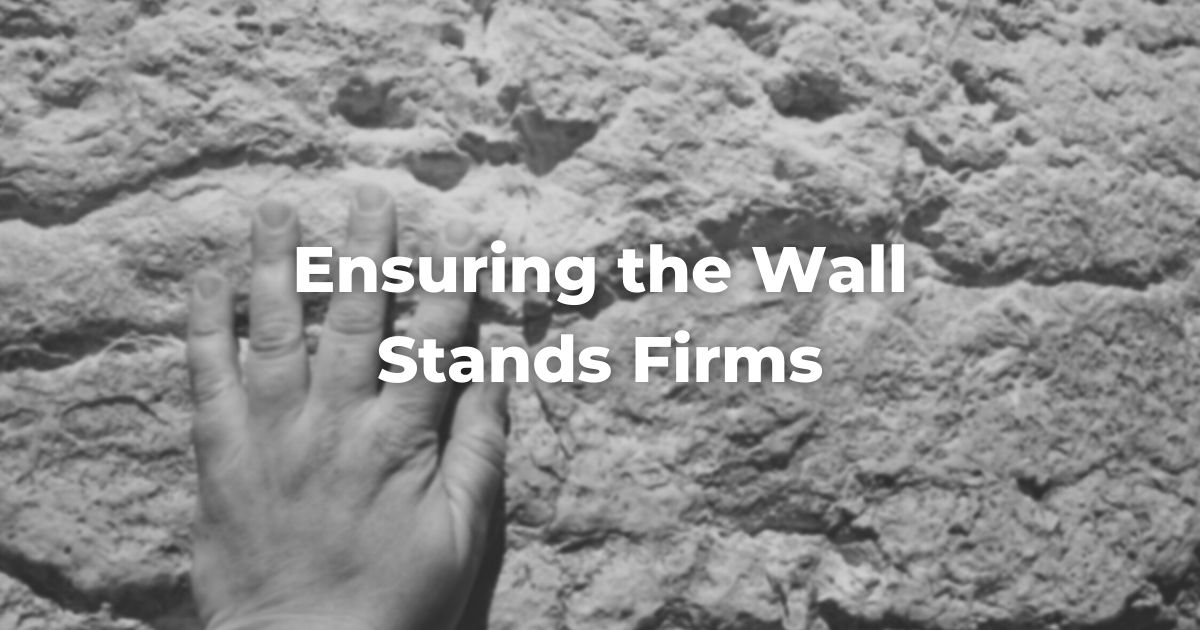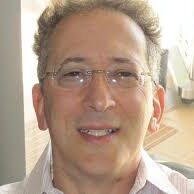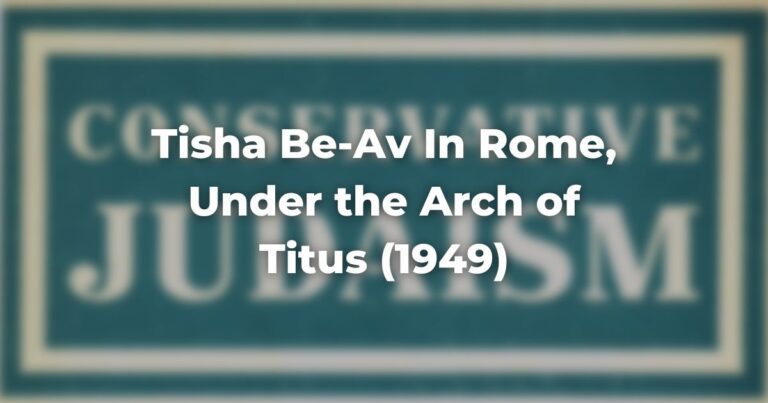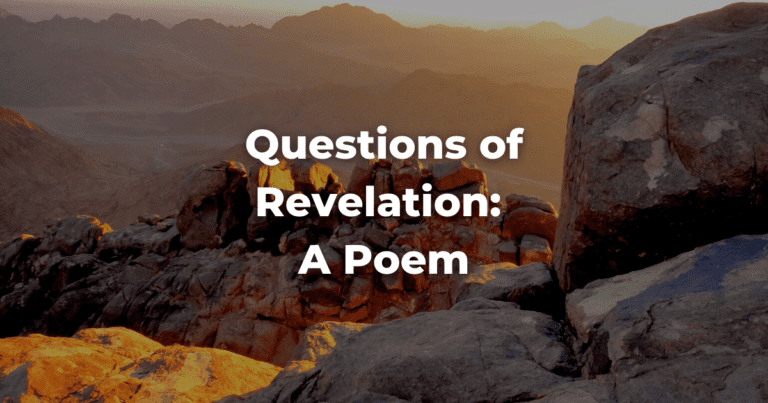An ancient rabbinic tale reports of the High Priest who went to the Beit HaMikdash, the Holy Temple in Jerusalem on the very last night before it was destroyed by the Romans on the Tishah B’Av.
The High Priest prayed and wept, and, finally, he fell asleep, exhausted.
In his dream, he saw the Temple sway, about to fall over. He placed all his weight against the wall from within. But soon the wall started to sway in the opposite direction.
He called for help.
A passerby on the outside of the wall saw the Temple shake, and so immediately went and placed their weight against the outside wall. The combined strength of the High Priest from within and the passerby from without supported the wall, and stopped it from swaying, ensuring the wall stood firm.
The wall, to me, serves as a metaphor for the barriers that have been built and that prevent us from seeing, let alone relating, to different kinds of people.
On one level, the story shows how we each feel as we live on the other side of that metaphoric wall from others. We sometimes make assumptions or even, Heaven forbid, make judgments about the life of the person on the other side of the wall, whom we do not know and may never have even seen.
But the story also shows that by ignoring those about us, we won’t help ensure that the walls of our lives do not tumble down, injuring others. This happens in all areas of our lives—as friends, neighbors, and fellow congregants.
But the story shows how when we regard others as they are—fellow humans traveling through this world who reflect G!d’s Divine Image—then we, whether we feel like a religious insider (the High Priest) or not (the passerby), rush to shore up the walls of each other’s lives.
But the story speaks to me at this time in the Jewish year as we approach the holy day of Tishah B’Av, not on a personal level but a communal one. We often see Jewish tradition and Jewish life as something we are apart from, and only the High Priests, those most involved, are really doing the job of keeping Judaism alive. However, this story suggests something quite different.
Perhaps we should see the shaking wall in the story as the wall of Jewish tradition and Jewish living.
From this perspective, we can see that what the Jewish enterprise needs, is everyone: leaders and lay people, the rabbi and the “Jew in the pew,” cantors and those in the community, those who believe and those who protest.
Judaism is “the people’s religion,” which thrives when all Jews are engaged, for every Jew is valuable and every Jew has their role to play in the maintenance of Jewish life.
We not only need to find our Jewish figure who can lead us; we also need to find our Jewish spark within—and keep it lit. It was the great figure of British Jewry, Claude Montefiore (1858-1938) who stated that:
“It was not an ibn Gabirol or a Maimonides … who fulfilled the Jewish mission most truly or rendered the greatest service to the Jewish cause. No, it was the many little Jewish communities, persecuted and despised through the ages, who kept alive the flame …“
Every area where Jews strive to be Jews, who do their part to engage our past and help the Jewish enterprise to move forward, is a holy area, a place of Jewish significance.
The community you live in today might be such a place.
This sometimes means shoring up what we see as an unstable wall, and holding it up temporarily. It sometimes means not waiting until the Romans or some other acknowledged danger gets near the wall. It also sometimes means that we must build stronger walls with better materials, and we sometimes should build a retaining wall, or move the wall to a better location.
In fact, it might sometimes mean rethinking if the wall is actually necessary anymore.
All of this suggests we must be active, even proactive.
However our future finds itself charted, we cannot merely be passive. Rather, we must claim our own stake, chart our own responsibility, and fill our own capacity to ensure that the wall of Jewish creativity and the Temple we call Judaism stand firmly.
We can create.
We can build.
Our lives can feel renewed, can be filled with new life, new strength, and new meaning if we but will it.
Remember Tishah B’Av? Of course.
But let us ensure that the walls stand firm, do not fall a third time.
Author
-

Rabbi Dr. J.B. Sacks (he/him) is the spiritual leader of Congregation Beth Shalom (Palm Desert, California). The first openly LGBTQ+ rabbi in the Conservative Movement, Rabbi Sacks is an advocate for inclusion in Jewish life and social justice. His most recent publication is Psalms in the Key of Healing. Rabbi Sacks is the eighteenth generation of rabbis on his mother’s side and lives with his husband Steven Karash in Palm Desert, California. They have an adult son, Evan.
View all posts






